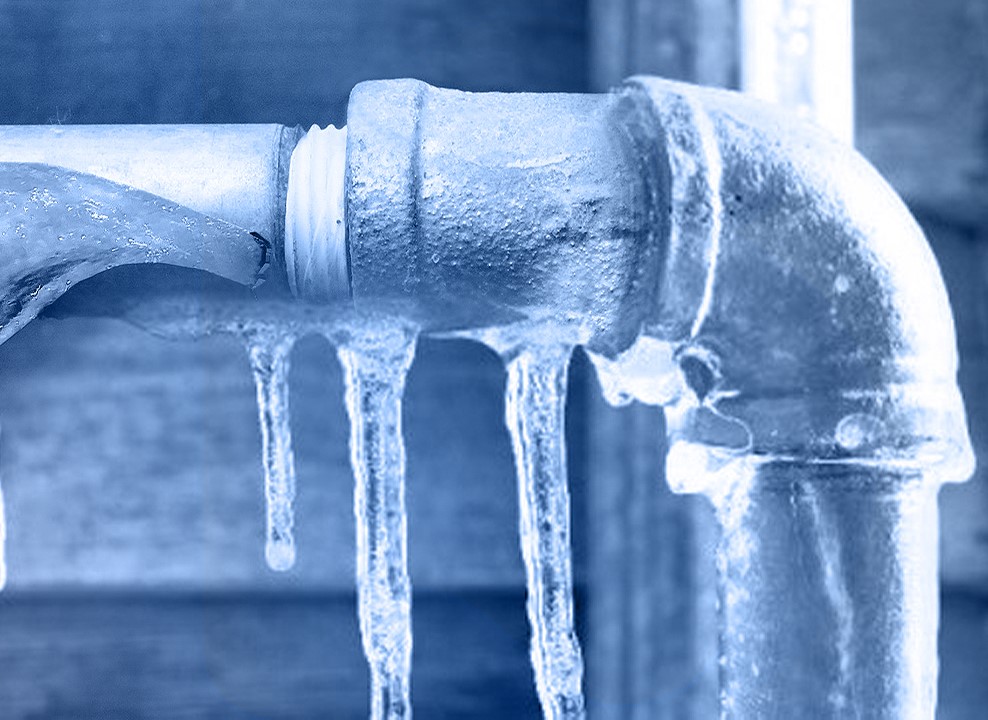Preventing Frozen Plumbing in Cold Weather: Pro Strategies
Preventing Frozen Plumbing in Cold Weather: Pro Strategies
Blog Article
How do you feel with regards to Preventing and dealing with frozen pipes?

Cold weather can wreak havoc on your plumbing, especially by freezing pipes. Right here's just how to prevent it from taking place and what to do if it does.
Intro
As temperatures decrease, the danger of icy pipes boosts, possibly causing pricey repair work and water damage. Understanding just how to stop frozen pipes is important for homeowners in chilly environments.
Avoidance Tips
Protecting prone pipes
Wrap pipes in insulation sleeves or use warmth tape to protect them from freezing temperatures. Concentrate on pipelines in unheated or external areas of the home.
Home heating methods
Keep interior spaces appropriately heated up, particularly locations with pipes. Open closet doors to enable warm air to circulate around pipelines under sinks.
How to identify icy pipelines
Search for lowered water flow from taps, unusual odors or noises from pipes, and visible frost on subjected pipelines.
Long-Term Solutions
Structural adjustments
Take into consideration rerouting pipelines away from exterior wall surfaces or unheated locations. Add additional insulation to attic rooms, basements, and crawl spaces.
Updating insulation
Invest in premium insulation for pipes, attic rooms, and wall surfaces. Proper insulation helps preserve constant temperature levels and reduces the danger of icy pipes.
Shielding Outside Plumbing
Yard hoses and outdoor faucets
Disconnect and drain pipes yard tubes before winter months. Mount frost-proof faucets or cover outside taps with insulated caps.
Understanding Frozen Pipes
What creates pipelines to ice up?
Pipelines ice up when revealed to temperature levels listed below 32 ° F (0 ° C) for prolonged periods. As water inside the pipelines ices up, it increases, putting pressure on the pipeline wall surfaces and possibly causing them to burst.
Dangers and damages
Frozen pipelines can lead to water system disturbances, residential or commercial property damages, and expensive repairs. Ruptured pipes can flooding homes and trigger considerable structural damage.
Indicators of Frozen Piping
Determining icy pipelines early can avoid them from rupturing.
What to Do If Your Pipes Freeze
Immediate actions to take
If you suspect icy pipelines, keep taps open up to eliminate stress as the ice thaws. Utilize a hairdryer or towels soaked in hot water to thaw pipelines gradually.
Verdict
Preventing icy pipelines calls for positive actions and quick feedbacks. By recognizing the causes, signs, and safety nets, property owners can shield their plumbing throughout winter.
5 Ways to Prevent Frozen Pipes
Drain Outdoor Faucets and Disconnect Hoses
First, close the shut-off valve that controls the flow of water in the pipe to your outdoor faucet. Then, head outside to disconnect and drain your hose and open the outdoor faucet to allow the water to completely drain out of the line. Turn off the faucet when done. Finally, head back to the shut-off valve and drain the remaining water inside the pipe into a bucket or container. Additionally, if you have a home irrigation system, you should consider hiring an expert to clear the system of water each year.
Insulate Pipes
One of the best and most cost-effective methods for preventing frozen water pipes is to wrap your pipes with insulation. This is especially important for areas in your home that aren’t exposed to heat, such as an attic. We suggest using foam sleeves, which can typically be found at your local hardware store.
Keep Heat Running at 65
Your pipes are located inside your walls, and the temperature there is much colder than the rest of the house. To prevent your pipes from freezing, The Insurance Information Institute suggests that you keep your home heated to at least 65 degrees, even when traveling. You may want to invest in smart devices that can keep an eye on the temperature in your home while you’re away.
Leave Water Dripping
Moving water — even a small trickle — can prevent ice from forming inside your pipes. When freezing temps are imminent, start a drip of water from all faucets that serve exposed pipes. Leaving a few faucets running will also help relieve pressure inside the pipes and help prevent a rupture if the water inside freezes.
Open Cupboard Doors
Warm your kitchen and bathroom pipes by opening cupboards and vanities. You should also leave your interior doors ajar to help warm air circulate evenly throughout your home.

Do you really like reading up on How to prepare your home plumbing for winter weather? Place a remark directly below. We would be glad to listen to your reactions about this article. Hoping that you come back again soon. Enjoyed reading our posting? Please quickly share it. Let other people discover it. Thank you for your time. Revisit us soon.
Get Quote Now Report this page